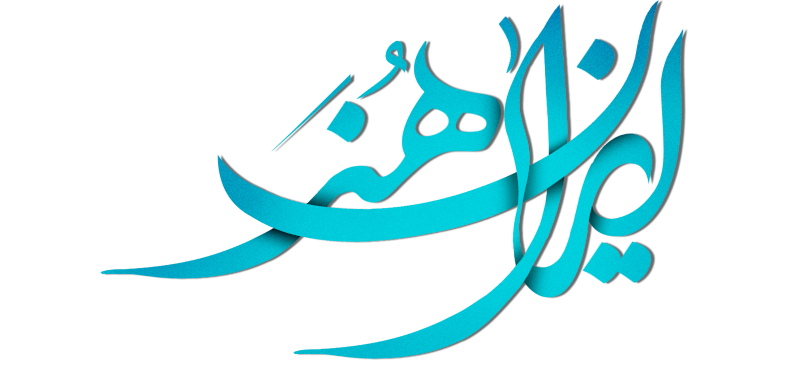Sanctions a Bane of Iran Art Auctions

TEHRAN.(Iranart) – W orks by a large number of renowned Iranian artists including Sohrab Sepehri, Bahman Mohasses, Koorosh Shishegaran, Monir Farmanfarmaian, Parviz Tanavoli, Hussein Zenderoudi, Farhad Moshiri and Mohammad Ehsai have been sold at auctions in and out of the country in recent years.
Tehran Auction, as the sole venue for the sale of artworks, has presented their works during its eight editions so far. Similar artworks have also gone under the hammer at Christie’s and Sotheby’s auctions in New York, Dubai, Doha, and London, some fetching relatively high prices.
One may ask why with its financial and artistic potential, the Tehran Auction has not emerged as an international event and bidders are all Iranians. Responding to this key question by the Financial Tribune, Alireza Sami-Azar, director of Tehran Auction and a former director of Tehran Museum of Contemporary Arts, said that it is indeed a challenge and something beyond the purview of his auction house.
“The proper conditions (financial transactions and normal banking relations with the outside world) for selling the works to foreigners do not exist. Firstly, they cannot use their credit cards to purchase the lots. Second, even in the post Joint Comprehensive Plan of Action era, transferring money to and from a foreign bank to a domestic account is not possible even though foreign art collectors and bidders have always had keen interest in Iranian artworks,” he noted.
JCPOA, known commonly as the Iran nuclear deal, is an international agreement signed in Vienna in July 2015 between Iran and the six world powers (five permanent members of the UN Security Council plus Germany). The agreement helped is easing the economic sanctions imposed due to the nuclear program but some US banking and other restrictions remain. The barriers to international money transactions are due to unilateral sanctions imposed by the US government.
Economics of Arts
Sale of artworks plays a role in improving the economics of the arts in a country. The sanctions on Iran have hurt the art market inside the country not letting foreigners buy works of Iranian artists. By extension, this has undermined the growth of the economics of art in the country.
Although some are in favor of the famous adage ‘art for art’s sake’, which expresses a philosophy that the intrinsic value of art is divorced from any didactic, moral or utilitarian function, Sami-Azar told the Tribune that the art economy can and should help empower the artists and make them independent.
“The sale of artworks does not hurt the aesthetics of art, (rather) it encourages artists by supporting them financially and making them feel good in seeing that their works have value,” he said.

Artists also need to make a living and if there are no sales of their hard work and financial returns, they will have to take up a second job that can have a negative influence on their artistic creation. It is also probable that “if there was no market for their works, artists would need a financial backer (individual or organization) to back them financially, which may end up in imposing a mindset on the artists (that would be) different from their own,” Sami-Azar noted.
Shift in Approach
Regarding bidders at the Tehran Auction, the director says those who make offers come from different groups. “Bidders are among veteran collectors, relatives and acquaintances of the artists or people from the general art community,” Sami-Azar explained.
He pointed to a new group of collectors with a less artistic approach toward works saying, “in addition, there are those who consider buying artworks as an investment. It is not that they are totally indifferent towards art, rather they approach the issue as a new way of financial gain.”
Asked about the reason for this kind of approach to artworks, Sami-Azar says, “the simplicity in the sale of artworks does not exist in other investment opportunities, such as investing in property and housing.” As a result more collectors are being attracted to the art world as they feel they can make big profits with less risk.
The market for artworks is prospering inside the country and is slowly also finding its way into the international arena.
Higher Earnings
Tehran Auction of Contemporary Artworks held the 8th edition last month (Jan. 12) and earned almost 150 billion Rls ($3.12 million).
A total of 120 works from Iranian contemporary artist were on sale and except for two pieces the rest were sold at prices varying from $1,800 to $364,000.
The sale was billed as a great success in comparison with the previous rounds. In comparison, the 8th auction had a noticeable growth – a rise from 125 billion rials ($2.6 million) in December of 2016 to 150 billion Rls ($3.1 million).
Launched in 2012, Tehran Auction is a national endeavor to address the increasing interest in modern and contemporary Iranian art.

